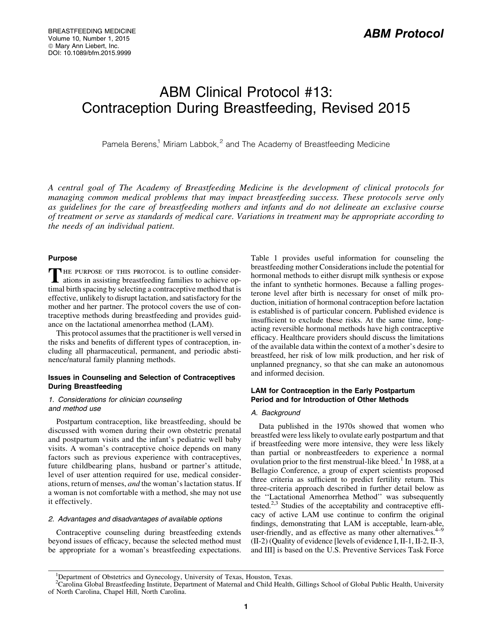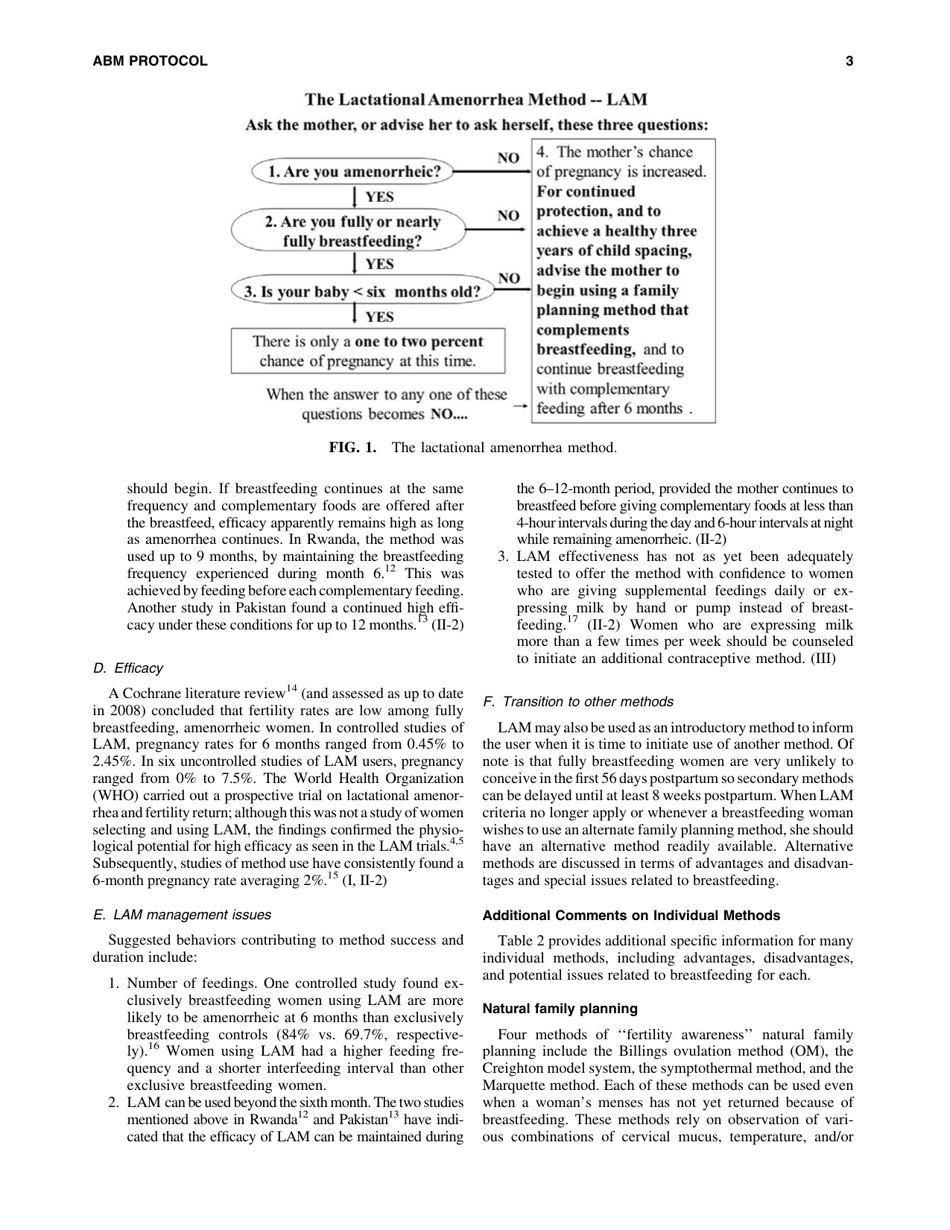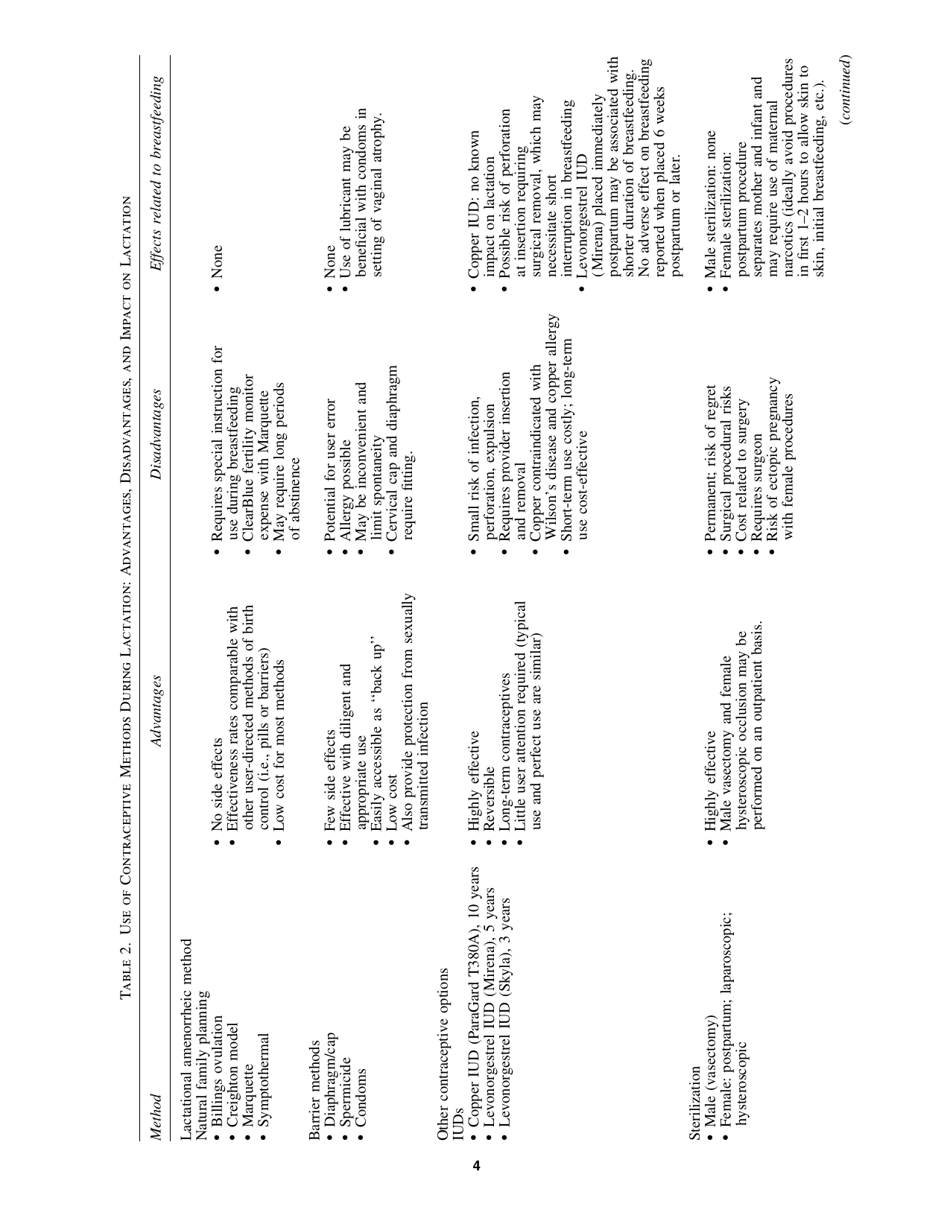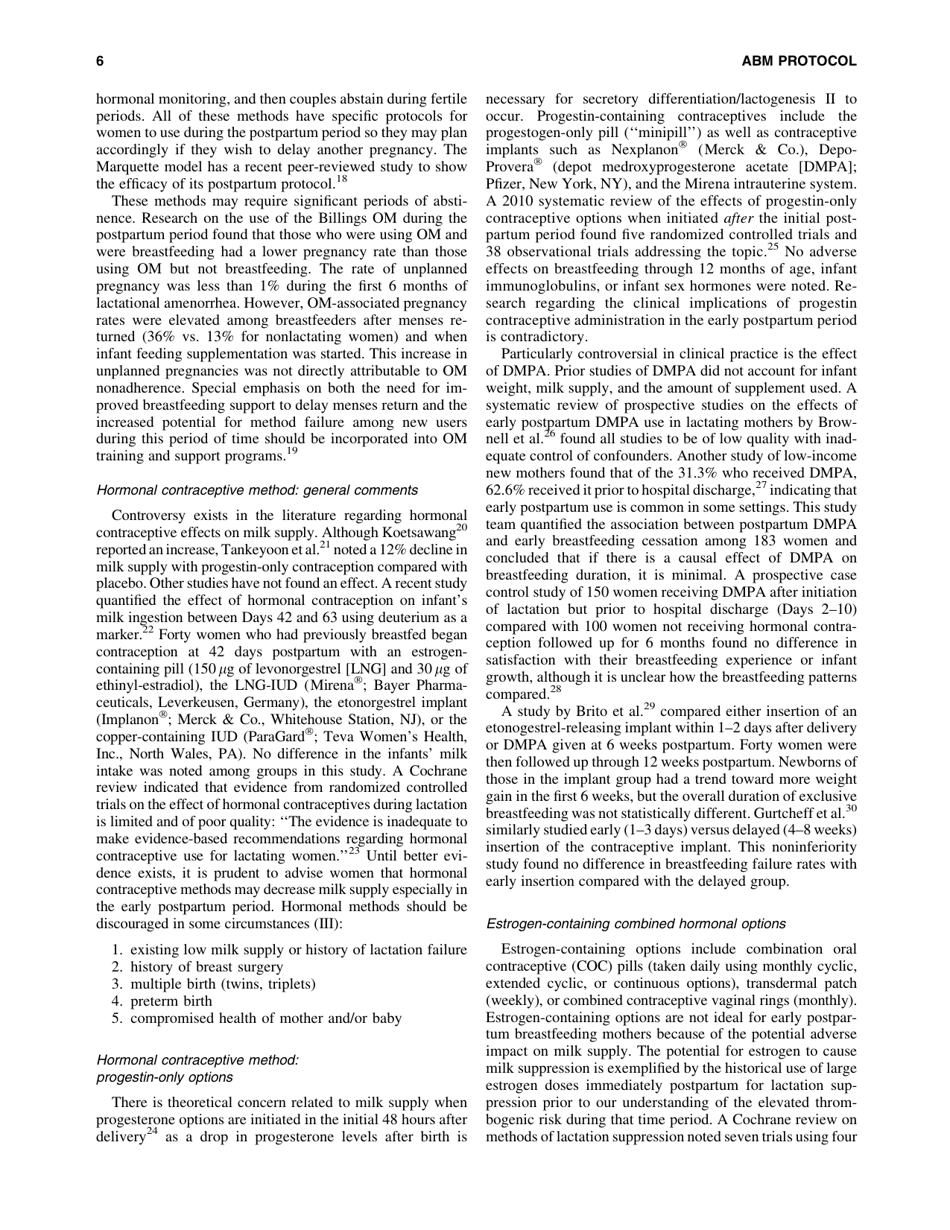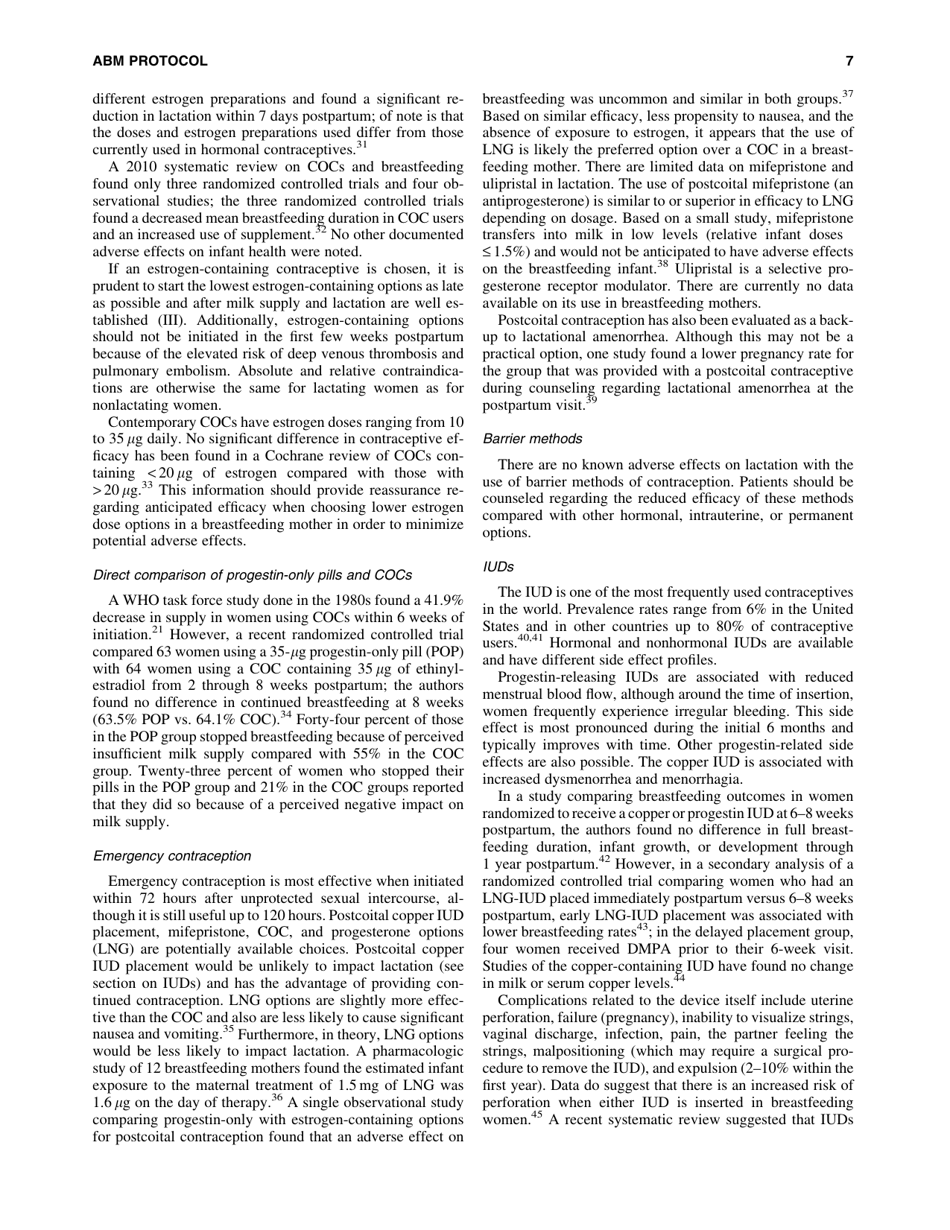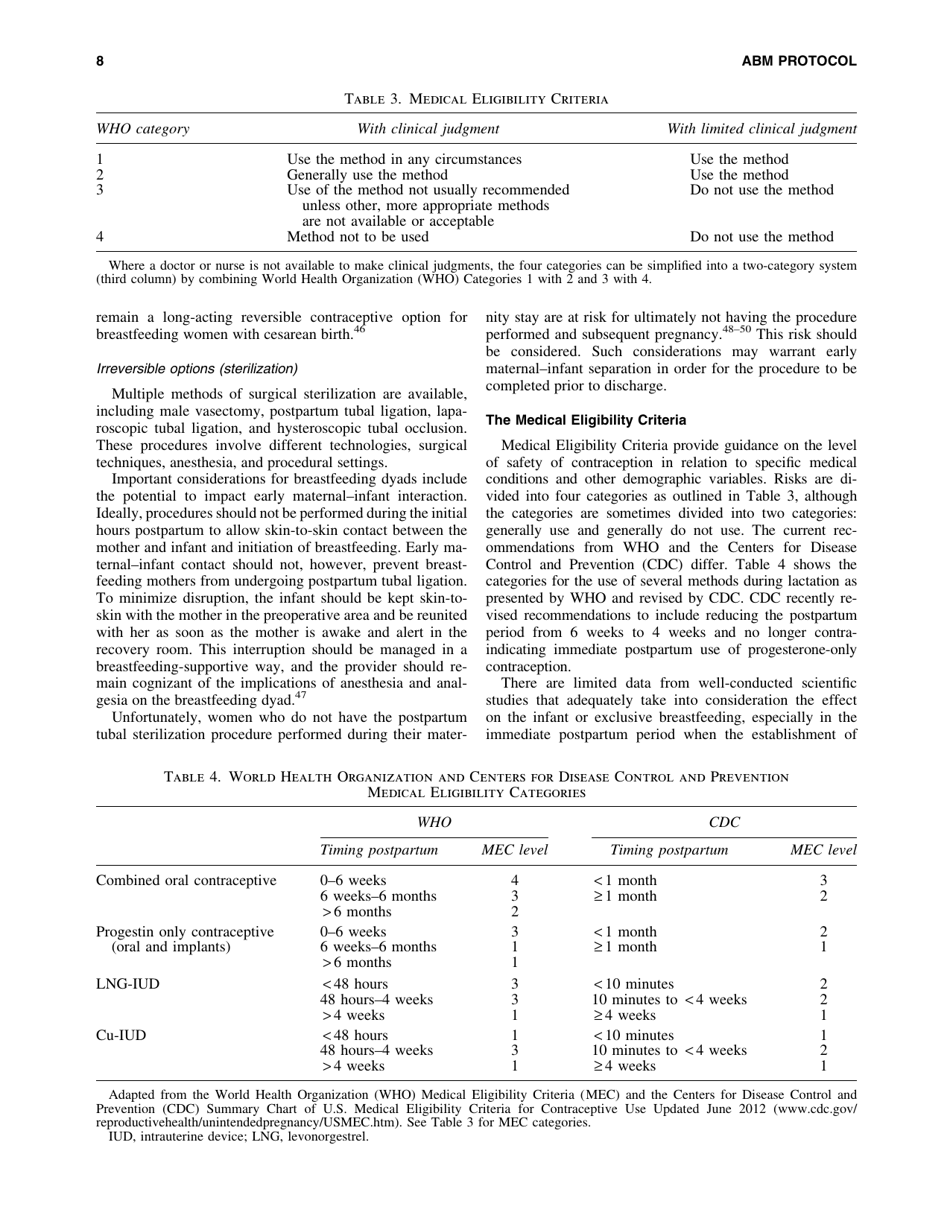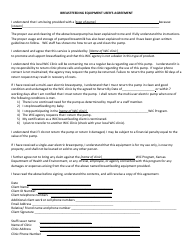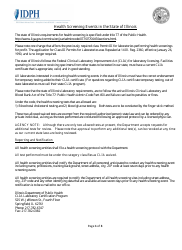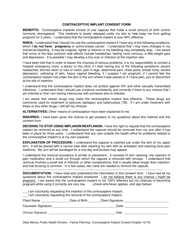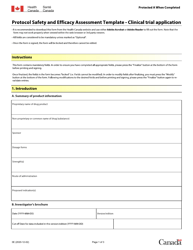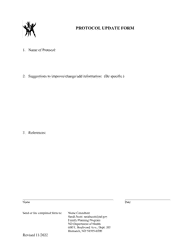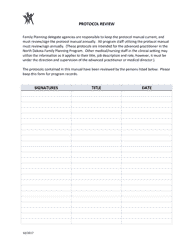Abm Clinical Protocol #13: Contraception During Breastfeeding
Abm Clinical Protocol #13: Contraception During Breastfeeding is a document created by the Academy of Breastfeeding Medicine to provide guidelines and information for healthcare providers on the use of contraception while breastfeeding.
The Abm Clinical Protocol #13: Contraception During Breastfeeding is usually filed by healthcare professionals, such as doctors or healthcare organizations.
FAQ
Q: What is Abm Clinical Protocol #13?
A: Abm Clinical Protocol #13 is a set of guidelines for healthcare providers regarding contraception during breastfeeding.
Q: Why is contraception important during breastfeeding?
A: Contraception is important during breastfeeding to prevent unintended pregnancies.
Q: Can I get pregnant while breastfeeding?
A: Yes, it is possible to get pregnant while breastfeeding, although the likelihood is lower.
Q: What are the different contraceptive methods recommended during breastfeeding?
A: The recommended contraceptive methods during breastfeeding include progestin-only methods, non-hormonal methods, and lactational amenorrhea method (LAM).
Q: Are hormonal contraceptives safe to use while breastfeeding?
A: Yes, hormonal contraceptives, particularly progestin-only methods, are considered safe and compatible with breastfeeding.
Q: What is the lactational amenorrhea method (LAM)?
A: The lactational amenorrhea method (LAM) is a temporary method of contraception that relies on exclusive breastfeeding to prevent ovulation and pregnancy.
Q: How effective is the lactational amenorrhea method (LAM)?
A: When used correctly, LAM is a highly effective method of contraception, with a failure rate of less than 2% in the first six months after childbirth.
Q: What are the advantages of non-hormonal contraceptive methods?
A: Non-hormonal contraceptive methods, such as barrier methods and copper intrauterine devices (IUDs), do not contain hormones and do not affect breastfeeding.
Q: Are there any risks or side effects associated with contraceptive use during breastfeeding?
A: Most contraceptive methods do not have significant risks or side effects for breastfeeding women and their infants. However, it is important to discuss potential risks with a healthcare provider.
